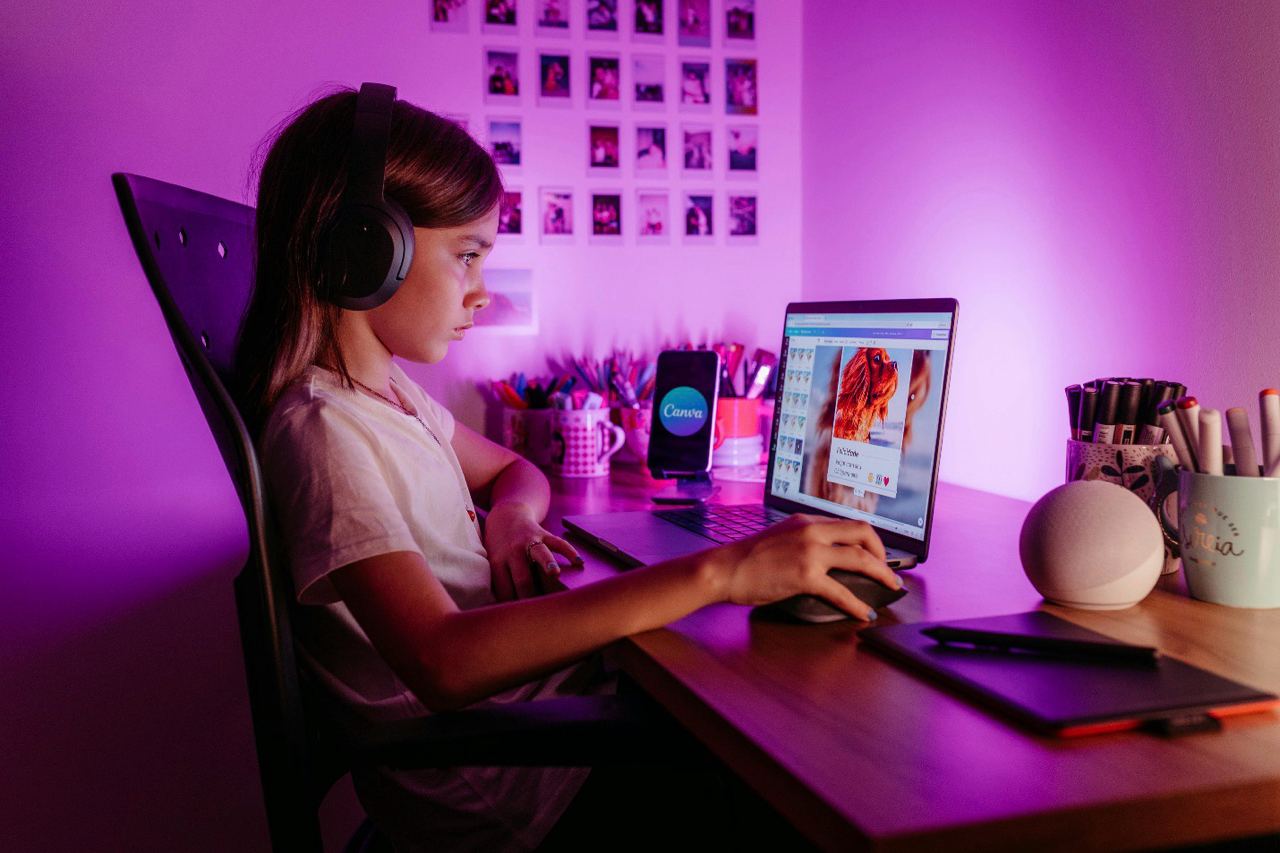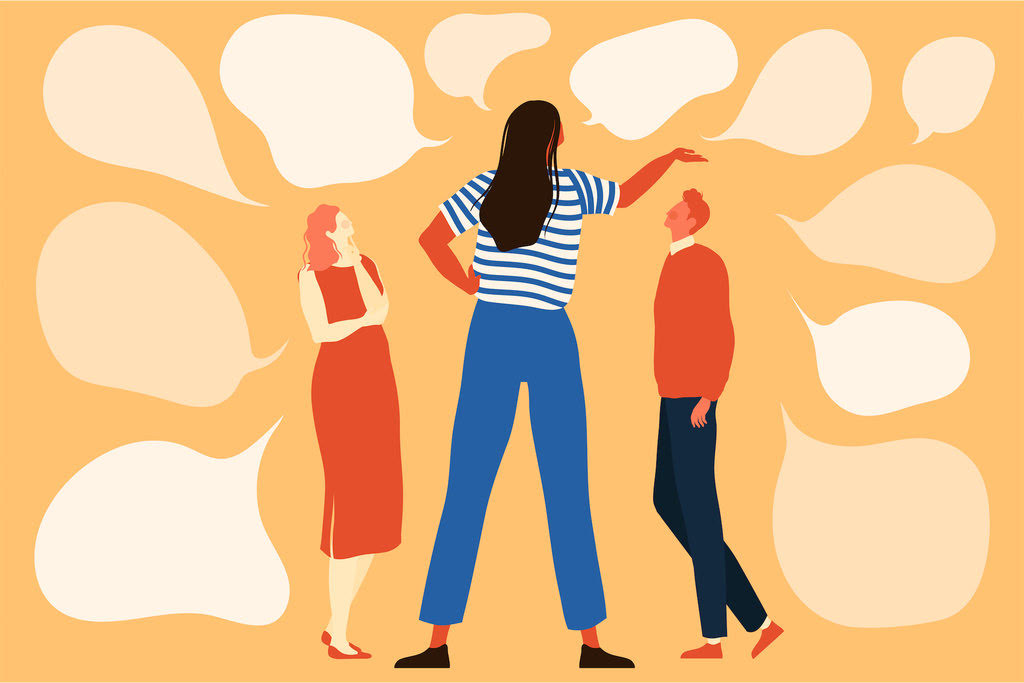Many outcome studies have shown cognitive behavioral therapy, or CBT, to be the most effective approach to overcoming social anxiety. While core interventions of CBT such as cognitive restructuring and behavioral experiments (learn more about these strategies here) can help people to make great improvements to their social anxiety symptoms, one trait that can have an impact on the effectiveness of these interventions is a person’s ability to tolerate uncertainty. For some people, no matter how much they practice rational and compassionate responses to their worry, and no matter how much evidence they gather from behavioral experiments that their worries are unfounded, they are still left with a nagging feeling of doubt and uncertainty that can feel unbearable. That question of “but what are people around me really thinking?” can lead to remaining stuck in a cycle of worry and avoidance.
Why can uncertainty be so difficult to tolerate?
Uncertainty, or not being 100% sure of something, can trigger anxiety for most people. Being uncertain is a fact of life, as many of the things we value most tend to be linked with questions that are impossible to definitively answer. For example:
- Have I chosen the right career path?
- Could harm come to one of my family members?
- Have I found the best partner and am I ready to get married?
These questions tend to be at least somewhat anxiety provoking for everyone, but being unsure can feel more difficult when we view uncertainty as intolerable. People with this attitude may believe they cannot function or move on when something is uncertain. They also may underestimate their ability to cope with an unexpected or negative outcome, and may view something bad happening immediately as preferable to the anxiety associated with not knowing what will happen. These kinds of beliefs often lead people to engage in behavioral or mental habits that can provide some short term anxiety relief, but long term, lead to even less ability to tolerate doubt and more time spent wrapped up in worry.

Difficulty tolerating uncertainty can be a key component of several mental health issues, including Obsessive Compulsive Disorder and Generalized Anxiety Disorder. In social anxiety, the struggle to tolerate uncertainty will mainly revolve around the fact that we cannot be 100% sure what those around us are thinking. Here are some examples of more specific worries that a person with social anxiety may experience:
- What if my coworker is just pretending to be nice and she actually doesn’t like me?
- Is my eye contact/ speech/ body language normal, or do people think it’s weird?
- Did that person notice the mistakes I made during that conversation?
- What if my friend thinks that I’m annoying or offensive? I’ve asked him about this before, but he might just be trying to spare my feelings…
Signs that you struggle more with uncertainty in social anxiety
There is a mix of both mental and behavioral habits that you may cycle back to again and again if uncertainty is challenging for you. These habits may include:
- Seeking reassurance about your social behavior from friends, family or online searches, often in a repetitive way.
- During a social interaction, analyzing the other person’s reactions to find evidence related to your worry.
- After a social interaction, repeatedly mentally reviewing the conversation to examine signs that your worry is or isn’t true.
- Feeling anxious even after a triggering experience has a positive or neutral outcome due to lingering questions about what the other people are really thinking.
- Avoiding triggering situations out of fear that you’ll have to deal with feeling uncertain and anxious.

A maze under a blue sky with question mark clouds.
Strategies to start improving your ability to sit with uncertainty
Although it’s very normal to have some discomfort with uncertainty (hey, who really LIKES never getting to be sure what others think of them, right?!), there are skills you can practice to become more tolerant, and perhaps even accepting of being uncertain:
- Cut out certainty seeking habits: Asking for reassurance from friends and family, internet searches, mental review, and analyzing evidence may provide some short term anxiety relief, but long term, these habits tend to backfire by keeping us engaged with our worry for a longer period of time and by teaching us that we cannot tolerate feelings of doubt. Try setting a goal to cut out or reduce these patterns.
- Cognitive restructuring, with a twist: Rather than using a traditional cognitive restructuring tool such as weighing the evidence that supports or contradicts your worry of what the another person is thinking, you can instead try introducing new thoughts that revolve around accepting uncertainty. An example would be, “It’s impossible for me to be 100% sure of what they think, so maybe there’s no point in me continuing to mentally debate this.” Another might be, “Even if they are judging me, is that really a catastrophe?”
- Respond to doubt using mindfulness: When an anxious feeling or an uncertain thought arises, be aware and acknowledge the desire for certainty in a non-judgmental way. Then try shifting your focus to the present moment and to the things you really value. For example, “There’s my anxiety again. I feel very uncertain about that interaction I had earlier today, and my mind wants to go over every detail to figure out what my friend was thinking of me. Instead, I’m going to bring my focus back to having dinner with my family.” It’s completely normal if the anxiety and doubtful thoughts continue to pop up and distract you. Just continue to mindfully acknowledge them and let them float to the background as you bring your attention to the things that matter more in the present.
- Exposure to uncertainty itself: Rather than avoiding triggering situations or confronting them with the goal of proving your fear of judgment wrong, exposure can be directed towards simply getting practice with riding out uncertain feelings. For example, if your trigger is making eye contact with someone and having worries that your eye contact makes them uncomfortable, you could intentionally have a conversation with someone using direct eye contact, and then allow yourself to have uncertain thoughts and feelings without using your usual reassurance or mental review strategies to relieve them. By practicing allowing those uncomfortable, uncertain thoughts and feeling to be there, it’s as though you are giving your “tolerating uncertainty muscle” a workout, so that this ability grows stronger with time. This kind of exposure can teach you to make space for doubt and uncertainty in your life, rather than trying to force those experiences away.

Written by:
Erica Russell, LPCC, LMFT
NSAC Silicon Valley
Share this blog post











